Letter recognition Normal Letter Sounds Worksheets for Ages 4-5
12 filtered results
-
From - To
Discover our engaging "Letter Recognition Normal Letter Sounds Worksheets" designed for children ages 4-5. These worksheets provide a fun and interactive way for young learners to master the alphabet while developing essential letter recognition skills. Each worksheet features vibrant illustrations and easy-to-follow activities that help kids identify letters and associate them with their corresponding sounds. Ideal for preschool and kindergarten readiness, our resources foster early literacy development through hands-on practice. Encourage your child's love for learning with these enjoyable and educational printable worksheets, perfect for home or classroom use. Explore our collection today and watch your child thrive!
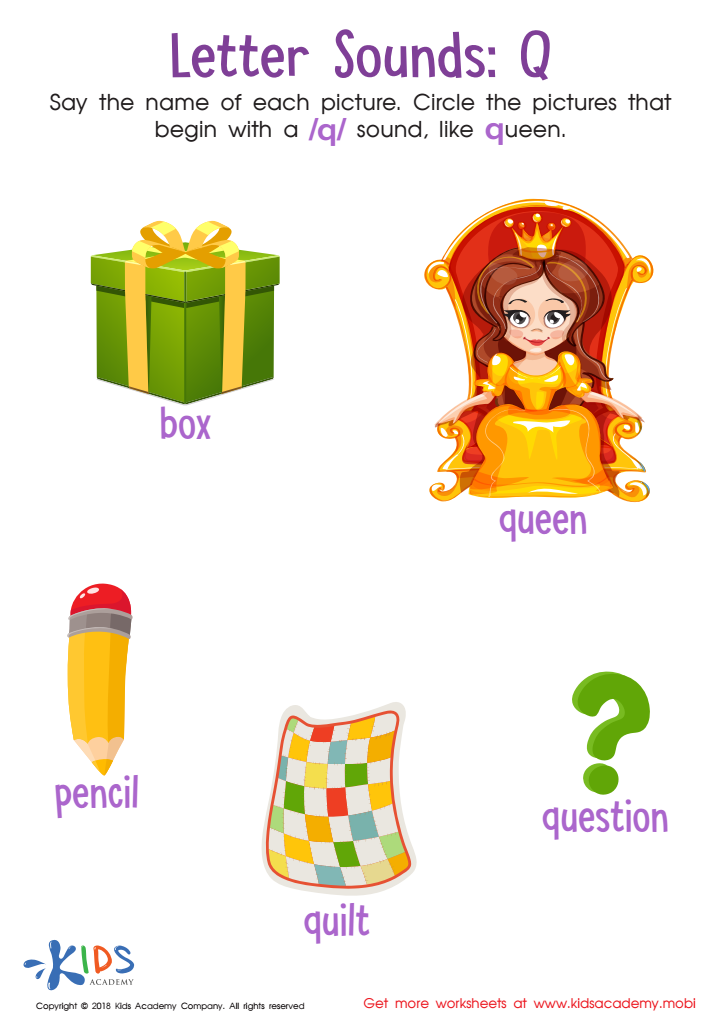

Letter Q Sounds Worksheet


Letter P Sound Worksheet
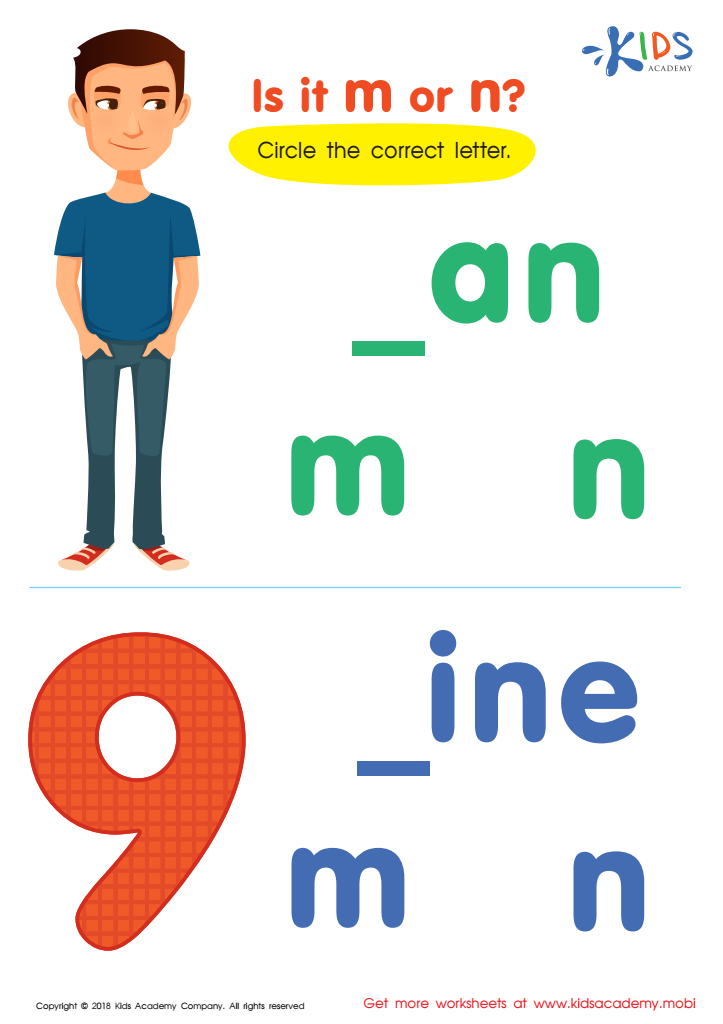

Is It m or n? Worksheet
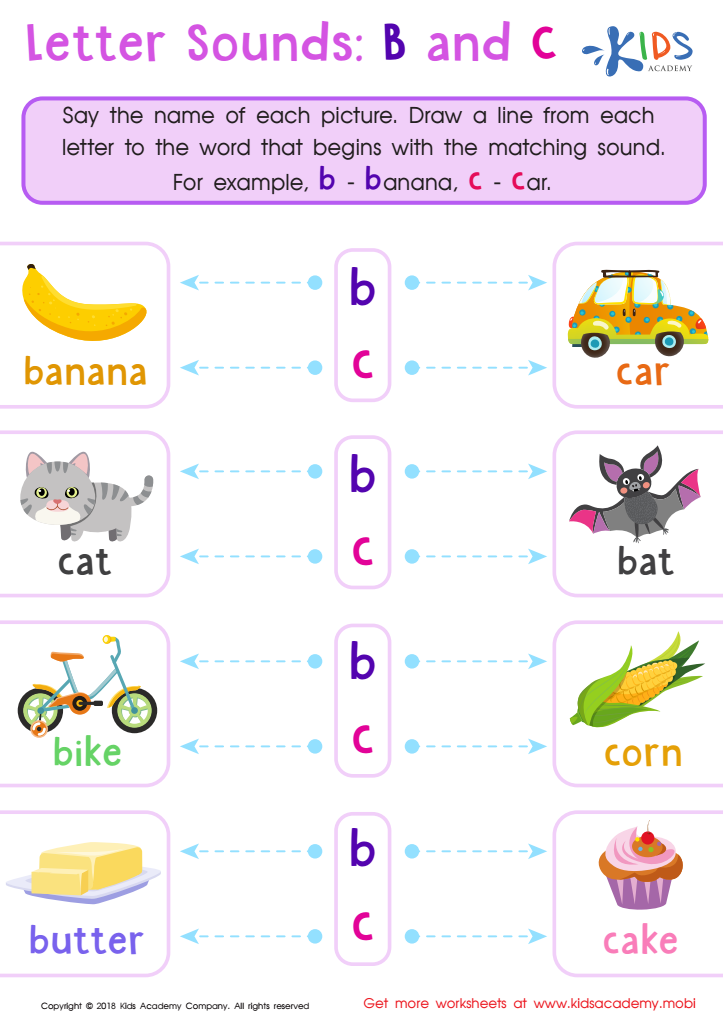

Letter B and C Sounds Worksheet
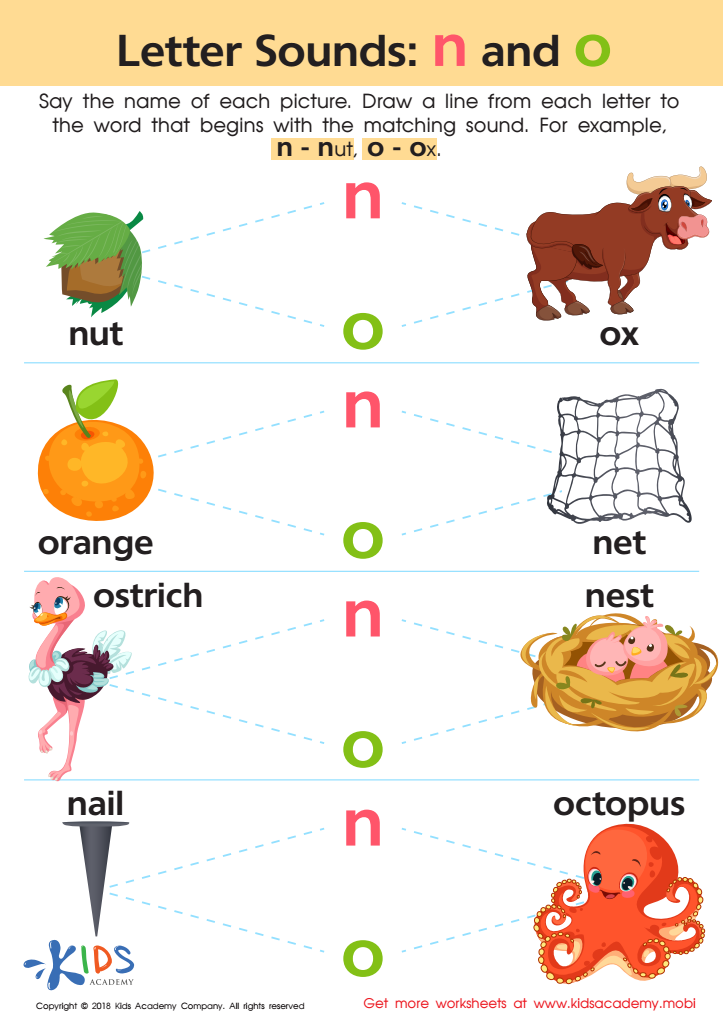

Letter N and O Sounds Worksheet
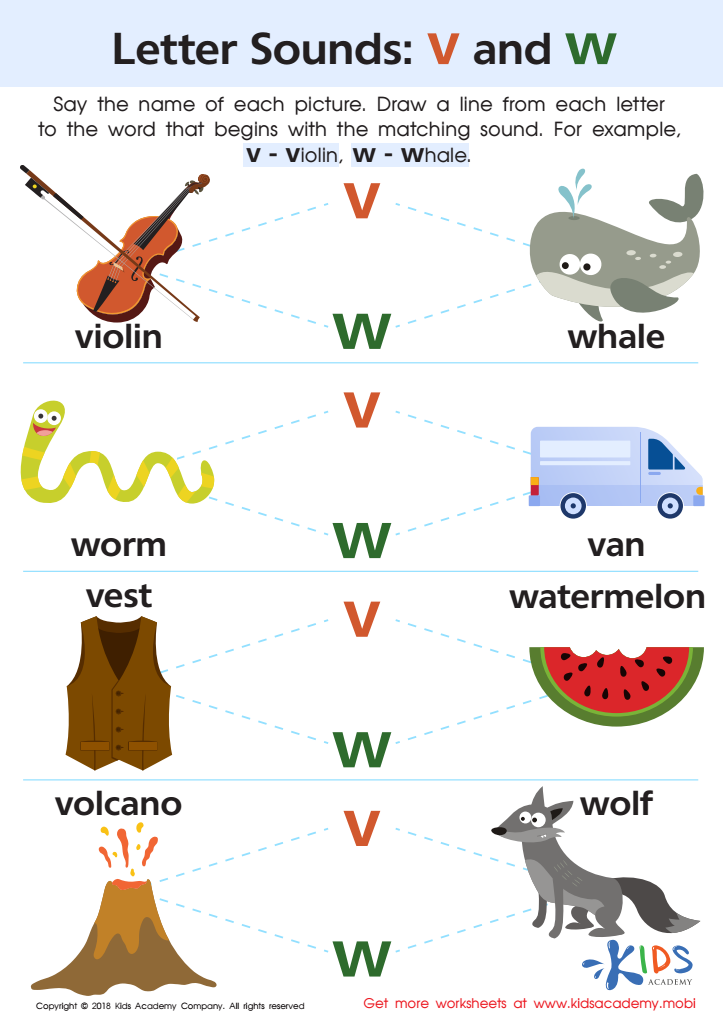

Letter V and W Sounds Worksheet
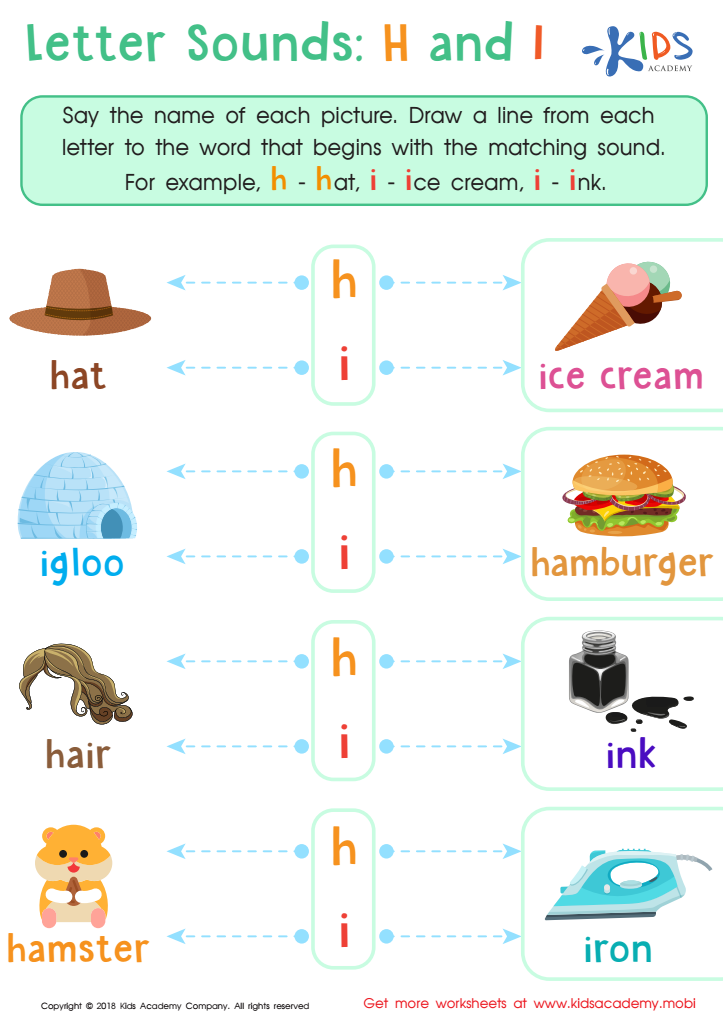

Letter H and I Sounds Worksheet
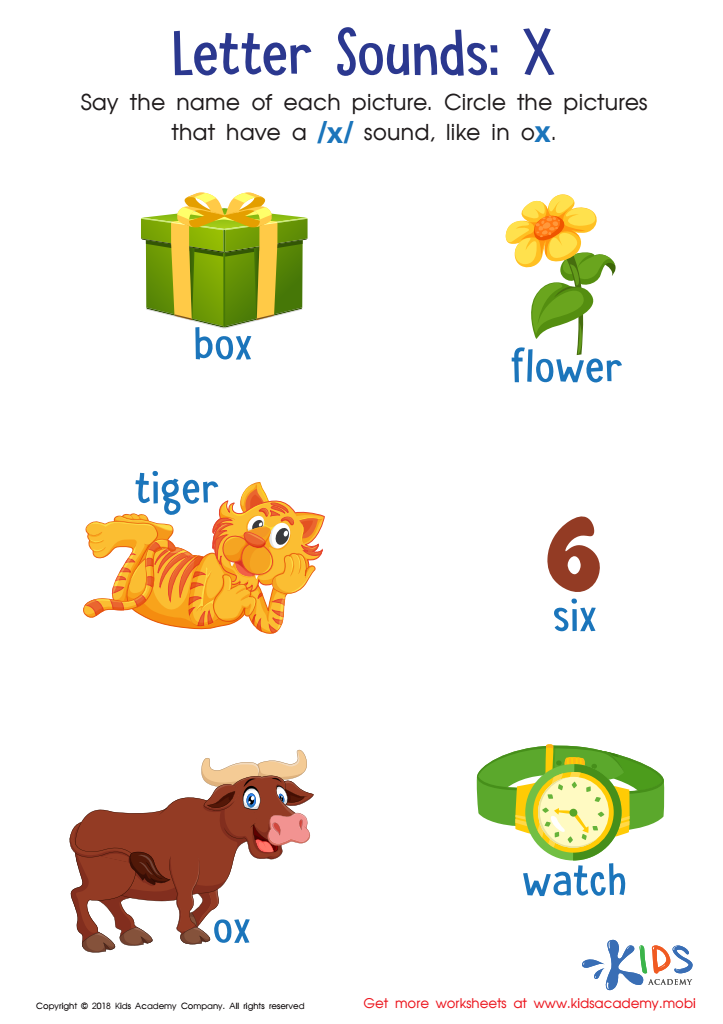

Letter X Sounds Worksheet
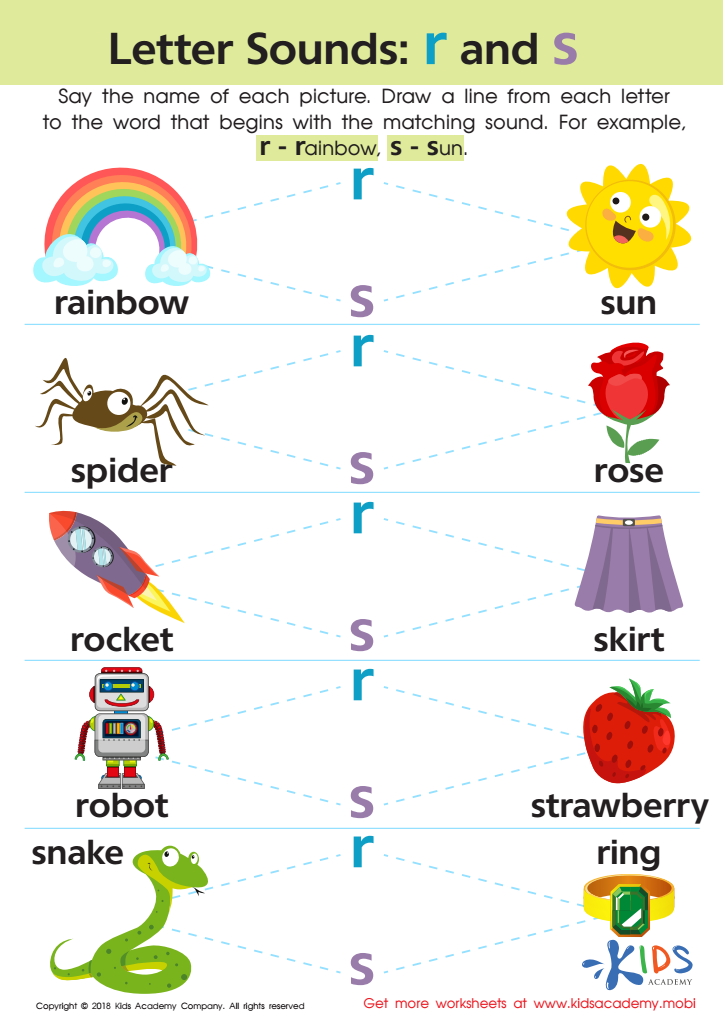

Letter R and S Sounds Worksheet


Letter l and M Sounds Worksheet
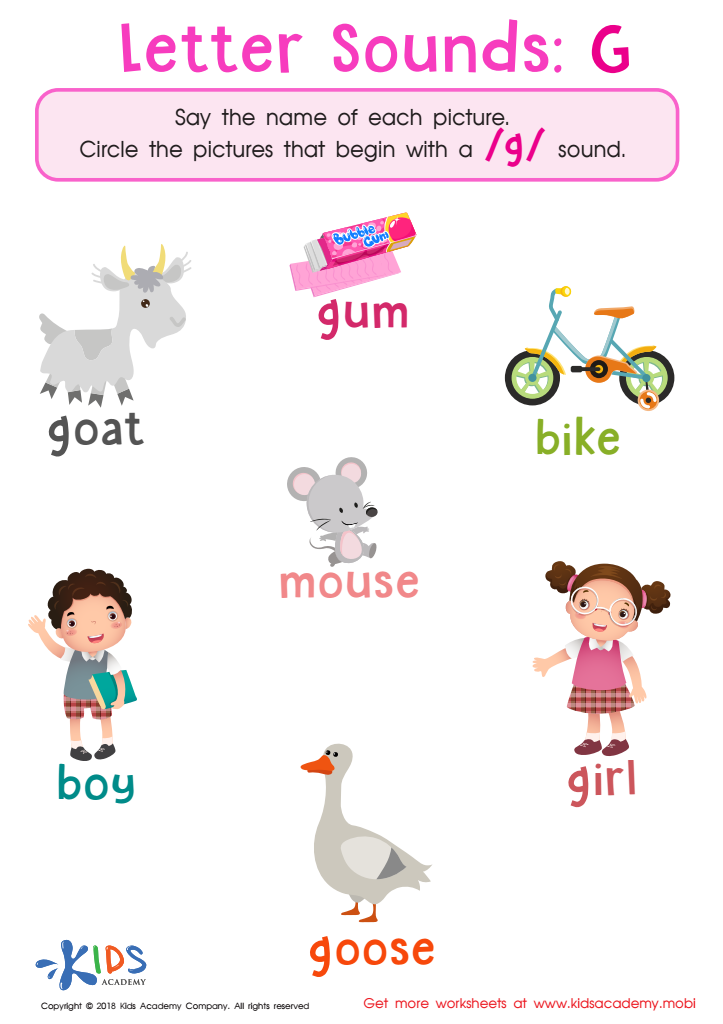

Letter G Sounds Worksheet
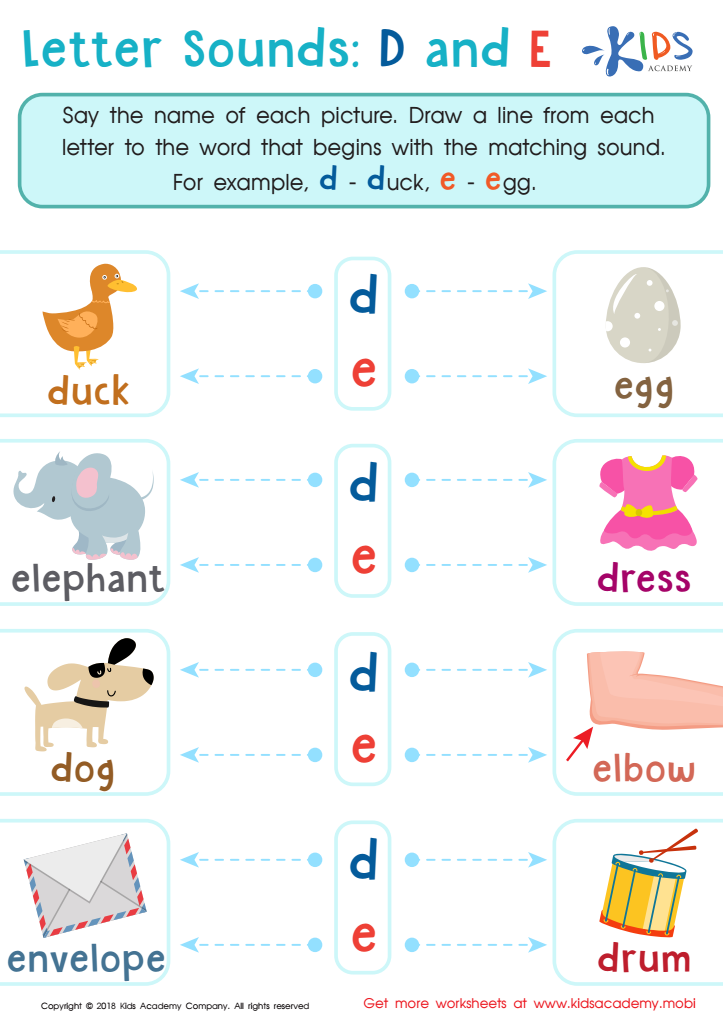

Letter D and E Sounds Worksheet
Letter recognition and normal letter sounds play a crucial role in early childhood education, especially for children aged 4-5. At this developmental stage, children are like sponges, absorbing information around them. Mastering letter recognition helps kids identify letters in various contexts, laying a foundation for reading and writing skills. Familiarity with the alphabet enables them to connect sounds to letters, which is essential for developing phonemic awareness—the ability to hear, identify, and manipulate sounds in words.
Understanding normal letter sounds further enhances language development and boosts vocabulary acquisition. When children can recognize letters and associate them with their corresponding sounds, they build a framework for decoding words, which is vital for effective reading. This skill fosters confidence and curiosity about language at a young age, enabling them to explore books and storytelling.
Moreover, parents and teachers who engage in letter recognition activities foster a love for learning and create positive early educational experiences. These foundational skills create a more supportive learning environment as children transition into more complex literacy tasks. In summary, prioritizing letter recognition and sounds is essential for promoting lifelong reading habits and ensuring academic success in literacy and beyond.
 Assign to My Students
Assign to My Students













